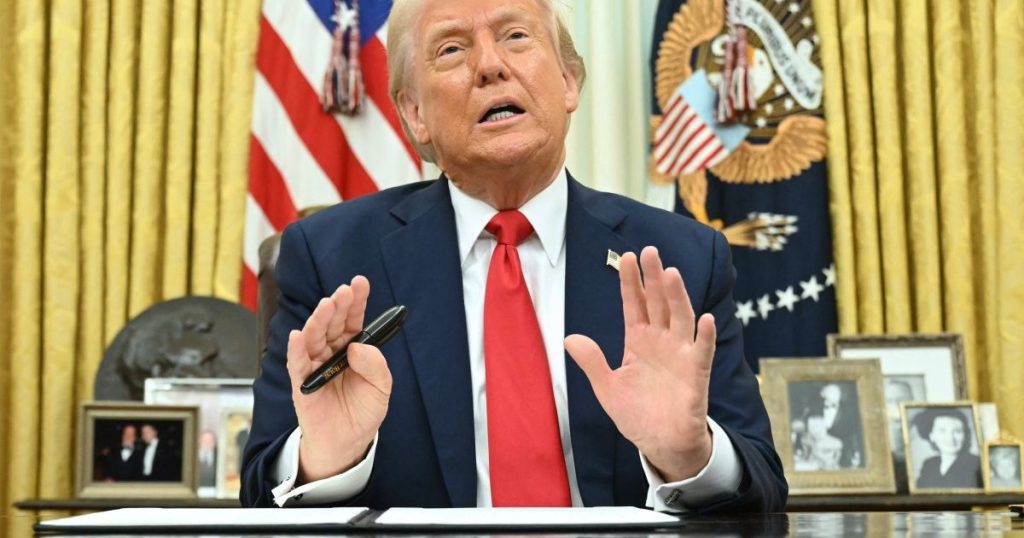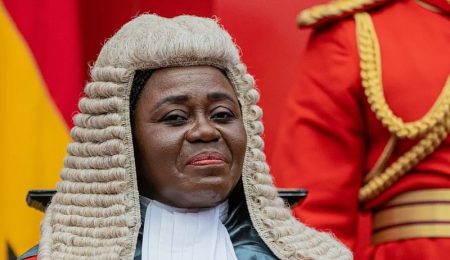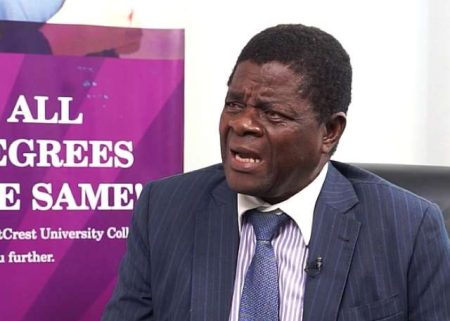The US Supreme Court’s recent 6-3 ruling in favor of President Trump significantly curtails the authority of individual federal judges to issue nationwide injunctions against executive actions. This decision stemmed from Trump’s attempt to end birthright citizenship, sparking a legal battle that reached the highest court in the land. While the Supreme Court did not directly address the constitutionality of Trump’s executive order, its focus remained on the scope of judicial power, specifically regarding nationwide injunctions issued by district court judges. The ruling effectively removes a major obstacle for Trump and future presidents in implementing their policies, even those facing legal challenges. Justice Amy Coney Barrett, writing for the majority, emphasized that federal courts do not possess general oversight of the executive branch and their role is limited to resolving cases within the boundaries of their congressionally granted authority. This decision underscores a shift in the balance of power between the judicial and executive branches, favoring the latter.
The core issue at stake in this case revolves around the authority of a single federal district court judge to issue a nationwide injunction blocking a presidential decree while its legality is being contested in court. Trump’s executive order on birthright citizenship, which sought to deny automatic citizenship to children born in the US to undocumented immigrants or those on temporary visas, faced legal challenges and was deemed unconstitutional by courts in multiple states. This prompted Trump to appeal to the Supreme Court, seeking to overturn the practice of nationwide injunctions. The issue became a rallying point for Trump and his supporters, who accused the judiciary of obstructing his agenda despite popular support. The Supreme Court’s decision reflects a growing concern among both conservative and liberal justices regarding the increasing use of nationwide injunctions by district courts, recognizing their potential to disrupt the delicate balance of powers between the branches of government.
The Supreme Court’s ruling specifically addresses the concern that individual district court judges can effectively halt a presidential action across the entire nation, even when other courts haven’t yet weighed in. The justices argued that such broad injunctions exceed the authority granted to federal courts, emphasizing that their role is to resolve specific cases, not to exercise generalized oversight of the executive branch. This decision represents a significant victory for the Trump administration, as it removes a key obstacle that has hindered the implementation of several controversial policies. It also sets a precedent that could limit the ability of future administrations to be challenged by individual judges acting on a nationwide scale. The ruling emphasizes the importance of adhering to the established separation of powers and restricting the judiciary’s role to resolving specific legal disputes, rather than engaging in broad policymaking.
The issue of nationwide injunctions became a flashpoint in the ongoing debate about the balance of power between the branches of government. Critics argued that these injunctions allow a single judge to effectively override the President’s authority, potentially undermining the will of the voters. Supporters, on the other hand, viewed them as a vital safeguard against executive overreach, especially in cases involving constitutional rights or fundamental liberties. The Supreme Court’s ruling reflects a shift towards limiting the use of nationwide injunctions, emphasizing the importance of preserving the executive branch’s ability to implement its policies without undue interference from the judiciary. This decision has significant implications for future legal challenges to presidential actions, potentially making it more difficult to obtain nationwide relief.
Trump’s birthright citizenship executive order illustrates the broader trend of executive actions facing immediate legal challenges in the courts. This pattern has become increasingly common in recent years, with presidents of both parties facing legal battles over their policies. The increasing use of nationwide injunctions further complicates this landscape, creating uncertainty and potentially delaying the implementation of important government initiatives. The Supreme Court’s ruling aims to address this issue by clarifying the limits of judicial authority and emphasizing the importance of allowing the executive branch to function effectively within its constitutional role. This decision encourages a more structured and localized approach to legal challenges, where individual courts address specific issues within their jurisdiction, rather than attempting to impose nationwide solutions.
The Supreme Court’s decision has far-reaching implications for the relationship between the executive and judicial branches. By curbing the use of nationwide injunctions, the Court effectively strengthens the President’s hand in implementing his agenda, while simultaneously limiting the ability of individual judges to block executive actions on a national scale. This shift in the balance of power could have profound consequences for future presidential administrations, regardless of party affiliation. The ruling also sets a precedent for how legal challenges to executive actions will be handled in the future, encouraging a more measured and localized approach to judicial review. The Court’s decision reaffirms the principle of separation of powers, emphasizing the distinct roles of the executive and judicial branches while promoting a more streamlined and efficient process for resolving legal disputes related to presidential actions.














